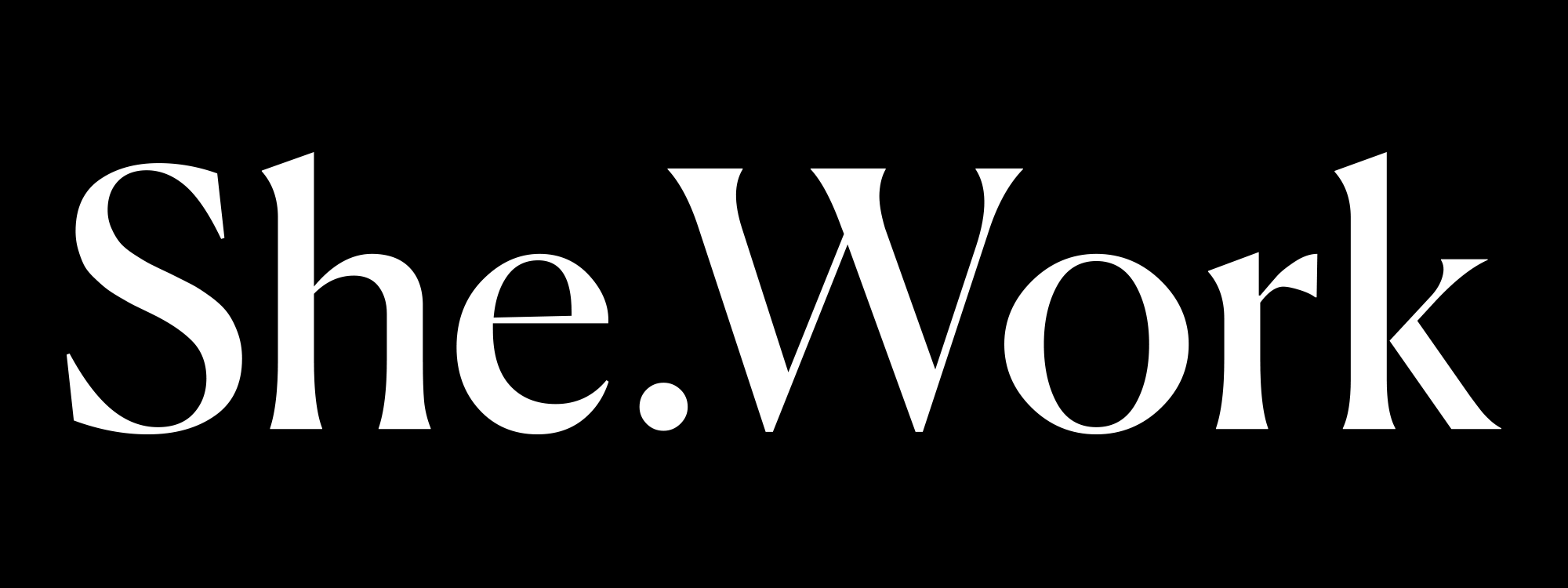Gaslighting is a form of psychological manipulation where someone makes you question your perception of reality, memory, or feelings. It’s a subtle yet powerful tactic often used to undermine confidence and control the narrative in a way that leaves the victim doubting themselves.
In the workplace, gaslighting can be especially damaging. It can erode your self-esteem, impact your professional relationships, and leave you feeling isolated or powerless. While it may not always be intentional, gaslighting is a toxic behavior that no one should endure.
How Gaslighting Shows Up at Work
• Denial of past conversations or decisions: A boss or colleague claims something wasn’t said or agreed upon, even when you know it was.
• Shifting blame: You’re constantly blamed for mistakes you didn’t make, even when evidence suggests otherwise.
• Dismissing your concerns: When you bring up an issue, it’s minimized with comments like, “You’re overreacting” or “You’re imagining things.”
• Twisting events: Someone recounts situations differently from how they occurred, making you question your memory.
✿ Thank you for reading!
Subscribe to be our bestie, no spam—just good vibes once a month.
Why Gaslighting is Harmful
Gaslighting can have long-term effects on your mental health and career. It can cause anxiety, depression, and self-doubt, leaving you second-guessing your abilities and decisions. Over time, it creates a toxic work environment that stifles creativity, collaboration, and trust.
How to Respond to Gaslighting
1. Document Everything:
Keep detailed records of conversations, emails, and tasks. Written proof can help you refute false claims and protect yourself.
2. Trust Your Instincts:
If something feels off, don’t dismiss your intuition. Your perception of events is valid.
3. Seek Support:
Share your experiences with a trusted colleague, mentor, or HR representative. External perspectives can help validate your feelings.
4. Set Boundaries:
Politely but firmly push back when someone attempts to twist reality. For example, “I remember it differently, and here’s why.”
5. Stay Calm:
Gaslighting thrives on emotional reactions. Maintaining composure can help you stay in control and avoid further manipulation.
Creating a Healthier Workplace
Gaslighting should not be normalized or ignored. Creating a respectful workplace requires addressing toxic behaviors and fostering open communication. Advocate for policies that promote psychological safety, accountability, and transparency within your organization.
Remember: your reality is valid, your voice is essential, and your worth is undeniable. Don’t let manipulation dim your light—stand firm in your truth, own your power, and inspire others to do the same.
✱ If you liked this article, please share it with a friend who could use inspiration.
If you have a topic in mind or a story to share anonymously or with your name, email us at team@she.work






